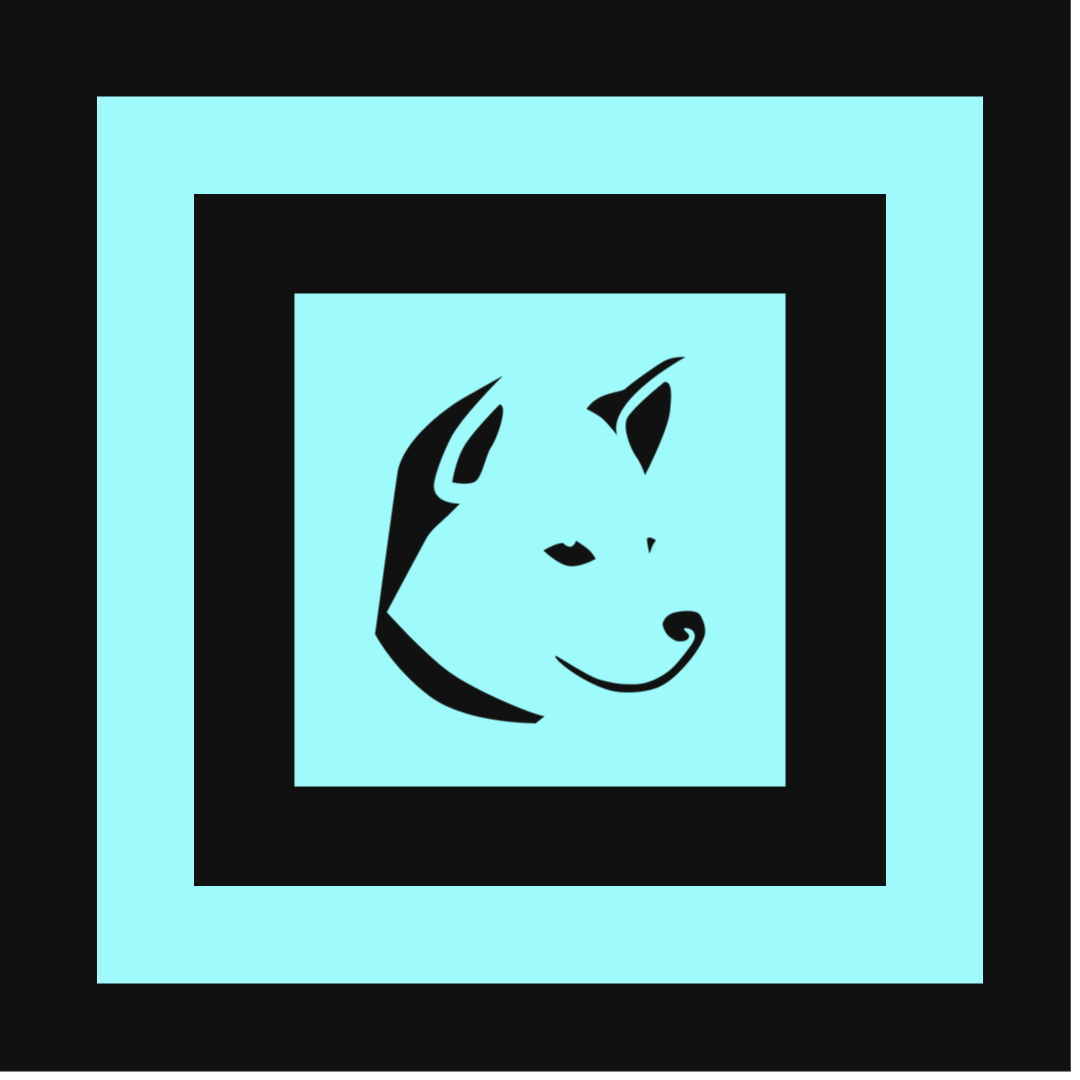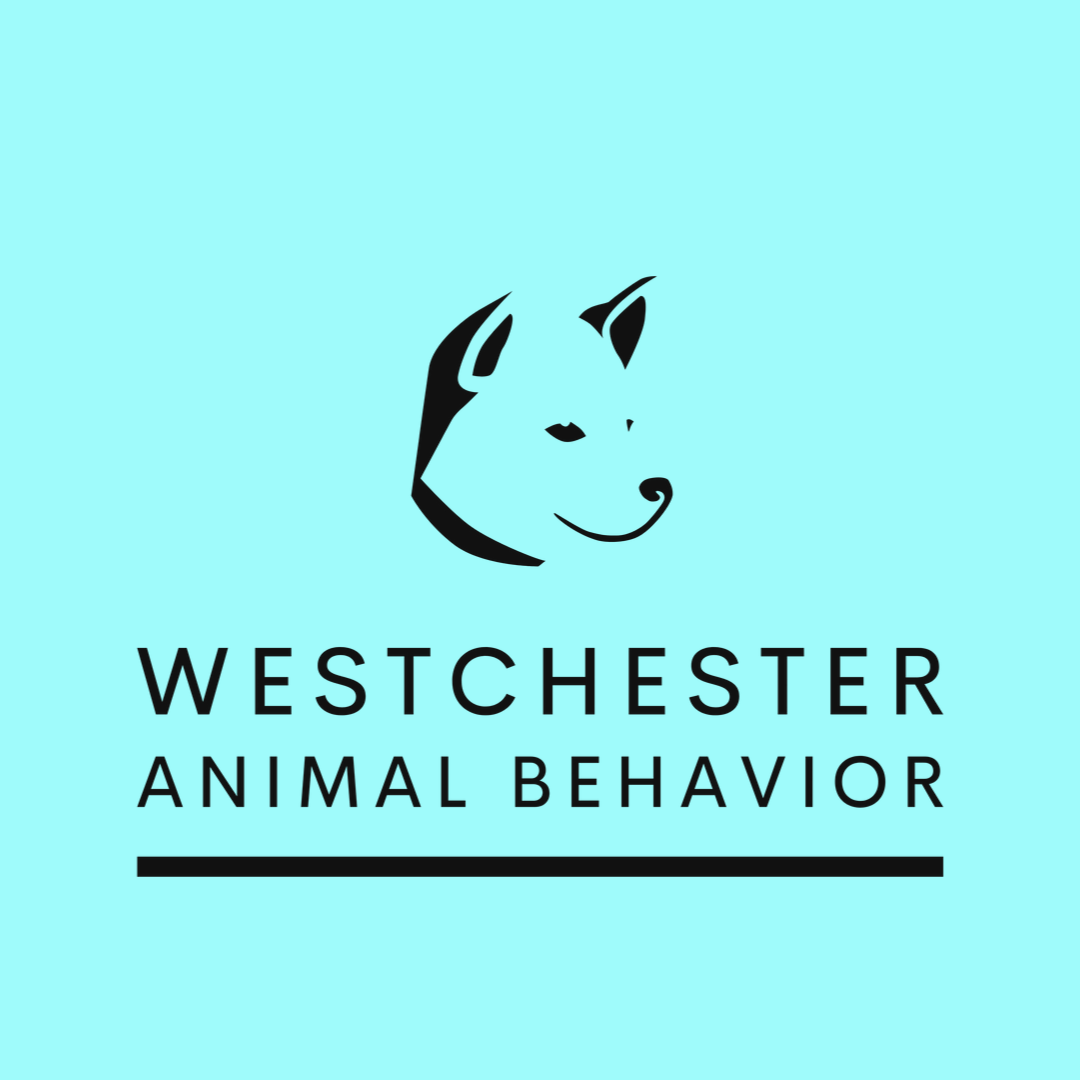What is the best way to train a puppy?
How to Train a Puppy
Congratulations: you’ve adopted a new family member! Now you must be wondering how to train a puppy. Where do you go from here?
Eating Schedule
You’ll want to be sure and continue feeding your puppy ‘Puppy food’. Puppy food is both generally higher in protein than the average adult food, and comes in smaller, easily chewed bites.
Ask your breeder or the shelter/rescue you adopted your pup from what they were feeding him. Continue to feed that food. A sudden change in diet can cause GI upset.
If you really don’t like the current food and wish to switch, make sure to gradually mix in slowly increasing portions of the new with the old, instead of switching meal plans suddenly.
2-4 months: 3 small meals daily, spread evenly (or continue the breeder's feeding program).
4 months+: 2 smaller meals daily
● Ex. 7:00 am, 12:00 pm, 5:00 pm
Potty Training
Potty training a puppy is perhaps one of the few endeavors all puppy owners will go through! It can be a very simple, direct process as long as you follow the steps below.
Your goal is to show your puppy he has more to gain from going potty outside. He won’t benefit at all from going inside. Going potty in the designated potty area outside will earn him tasty rewards and plenty of enthusiastic praise from you!
You don’t need to punish or chastise your puppy at all for accidents in the home. You do want to correct every single accident by rushing your pup outside and allowing him to finish. Reward your pup once he finishes outside.
This will be a much smoother process if you are able to catch and correct every single accident!
● Consider leashing your puppy to your side all day during the training process. This way, you’ll easily be able to catch every accident and quickly correct it.
● There is no need to punish mistakes. You don’t want to frighten your puppy! Never rub your dog’s nose in messes, and don’t bother correcting something that happened earlier that day.
Set a Schedule
Develop a consistent potty schedule for your pup and be sure to stick to it! This will make the training process much easier for both of you. As a general rule, young puppies will need to potty once every:
- 2 hours/2 months (8 weeks)
- 3 hours/3 months (12 weeks)
- 4 hours/4 months (16 weeks)
Reward Success
● Reward with healthy treats/training rewards.
● Shower your puppy with enthusiastic praise.
● Play can also be used as a reward (i.e. rope tug).
Designated Potty Area
You can train your puppy to only potty in a certain area if you want! Walk your pup around this area during potty time, rewarding every time your pup eliminates here. Be sure to correct all mistakes by walking your pup out to this area.
Crate Training
Your crate can be a powerful training tool! Dogs will prefer not to eliminate in confined areas where they sleep, making this beneficial for potty training.
Your pup will grow to love his crate, considering it his own little den! In the years to come, he will use it often as an escape when feeling stressed, or just a nice, comfy place to lie down.
Most importantly, your puppy’s crate offers protection while you are away! Unsupervised puppies can cause all kinds of trouble for themselves. The world can be a very dangerous place for a puppy allowed to roam.
● Always crate your young puppy while you are either away or can’t offer direct supervision! This can be a matter of life and death.
Desensitize Puppy to Crate
The crate is going to seem like a scary thing at first! Until this point, constant companionship is all your puppy has ever known. Sudden solitude can be very frightening!
You absolutely never want to force a very young puppy to spend several hours alone. While this can (and often does) lead to separation anxiety in adults, sudden separation can be traumatic for young pups.
It’s best to begin with much shorter periods of isolation, gradually working your way up.
● NEVER use the crate as a punishment! You want your pup to associate positive emotions only.
Step One
Line your pet’s crate with comfortable blanketing. Encourage your puppy to walk around the crate, investigating. Reward your pup with enthusiastic praise when he enters his crate! You can also use treats and create ‘crate’ games.
Feeding your pup in the crate will further help him to adjust.
Step Two
You can begin closing your puppy in the crate for very short (i.e. a few minutes at a time) durations while you are in the room. Don’t acknowledge whining or act any differently than you usually would. You don’t want your pup thinking there is anything unusual happening.
Step Three
Now you can begin crating your pup and leaving the room. Be sure to start out small, gradually increasing durations over time.
Many dogs develop separation anxiety because they don’t know when/if their owner will return, what is happening to the owner, etc. Starting small and gradually increasing periods of isolation will help avoid this problem.
Dog Crate and Potty Training
Dogs prefer not to eliminate either in confined places or where they sleep. This isn’t a guarantee your puppy won't have an accident in the crate, but he will probably try to hold his business as long as he can.
For potty training purposes, your puppy's crate should be just large enough for him to stand up and turn around comfortably in. Keep in mind, it may be difficult to add height to your crate as your pup grows.
Many collapsible crates offer dividers, which are great for growing puppies! You can section off the crate for now, expanding the room your pup has as he grows.
● You don’t need to use the crate as a potty training tool, as continuous upgrades with your pup’s growth can become expensive. We’ve included this section in case you choose to.
Sleep Schedule
Your pup might sleep up to 16-18 hours a day in the beginning! Your puppy is developing rapidly and needs plenty of rest. He will also need plenty of potty breaks (see above).
Schedule plenty of rest periods for your pup, in between play and potty breaks. Make sure children or friends don’t disturb your pup during these times! This will also offer more fantastic opportunities for smooth crate training and adjustment.
Socializing Your Puppy (Engagement)
Your puppy’s social skills could be some of the most important things you ever work on! This type of training is crucial for a happy, well-rounded pet.
Most dog bites occur with poorly socialized dogs. Suspicion of unknown objects or people is normal, and you don’t want your puppy growing up to think children could be threats (for example).
Begin Socialization at 8 Weeks
You can start socializing your pup with family members as soon as you get home! Introduce your pup to family members and children (carefully). Allow your pup to adjust to being handled.
Encourage family members or friends to play fun games with your puppy!
● Be sure to move slowly and gradually, ensuring you don’t overwhelm your pup.
● Play fun puppy games with family members and friends.
● Use a cheerful, high-pitched voice (but not too loud), like a mother talking to her newborn baby.
● ALWAYS supervise very closely when your puppy is around human children. A fall/drop, even from 4-5 feet, could severely injure or kill a young pup. At best, it can be very traumatic.
Vaccinate Before Introducing Puppy to Unfamiliar Animals
Your pup should finish his series of his first 4 core DHPP vaccines by 16 weeks. Until then, he isn’t fully inoculated and shouldn’t be around unfamiliar animals, out in dog parks, etc. You absolutely DO NOT want your pup to contract any of those!
● Both Distemper and Parvovirus are extremely dangerous, especially to vulnerable puppies! Most untreated pups won’t survive, and treatment can become extremely costly.
Introduce your puppy to as many friendly animals, other human strangers, children, family members, friends, etc. as possible during those first few months to year of life!
You want your puppy to adjust to and enjoy being around everything and everyone he will ever encounter in his environment.
● Never force encounters but rather encourage happy meetings!
● Be cautious around unfriendly animals. Some cats, for example, might not tolerate your puppy’s presence well.
Puppy Fear Periods
A ‘fear period’ is a physiological period of adjustment for your puppy. He’ll learn what he likes being around, and what things are frightening or things he should avoid. This is evolutionarily advantageous, helping dogs (and wolves before them) to survive in the wild.
You never want to scare or frighten your puppy during this time! This is why we should never punish our puppies or be very cautious when we do.
● Your pup’s first fear period is generally around 8-11 weeks.
● The second fear period is approximately 6-12 months.
● Stress or trauma during this age can lead to larger behavioral issues during adulthood, sometimes very difficult to treat.
Bite Inhibition
We aren’t teaching our puppies not to bite at all, but rather to control their bite pressure when/if they do. Puppies don’t have our human hands and naturally experience the world with their mouths.
Imagine a litter of 5-week-old pups. Two are playing together, having a grand old time, until one chomps down on the other just a little bit too hard! The ‘victim’ yelps “eeeee eeeee” and scurries away.
The fun game stops for both pups! This isn’t what the ‘biter’ wanted at all. He learns to bite softer in the future, allowing these fun games to last much longer!
You can mimic this natural puppy behavior with your own puppy at home! You don’t need to punish or chastise the pup in any way. He doesn’t mean to hurt you!
Let’s say you’re playing a game of ‘Rope Tug’. Your pup misses the rope toy and clamps down on your hand!
You want to utter a “Yelp!” just like a puppy would in the same situation, acting injured (even if you aren’t). Snap your hand away and immediately stop playing the game. Remember not to punish or chastise!
Your pup will think he hurt you! He doesn’t want the fun game to stop, so he will quickly learn either not to bite so hard or try and avoid your skin entirely.
★ You never want to separate a puppy from his or her littermates too early! Puppies learn important social skills, like bite inhibition, during their second month of life. Eight weeks is a good age to adopt.
- Utter a sharp “Yelp!” when puppy bites you, simultaneously snatching your hand away as if you are injured.
- Immediately stop playing the game, walking away from your puppy.
Have more questions on how to train a puppy? Contact our local dog trainers near you and we'll be happy to answer any of your questions!


